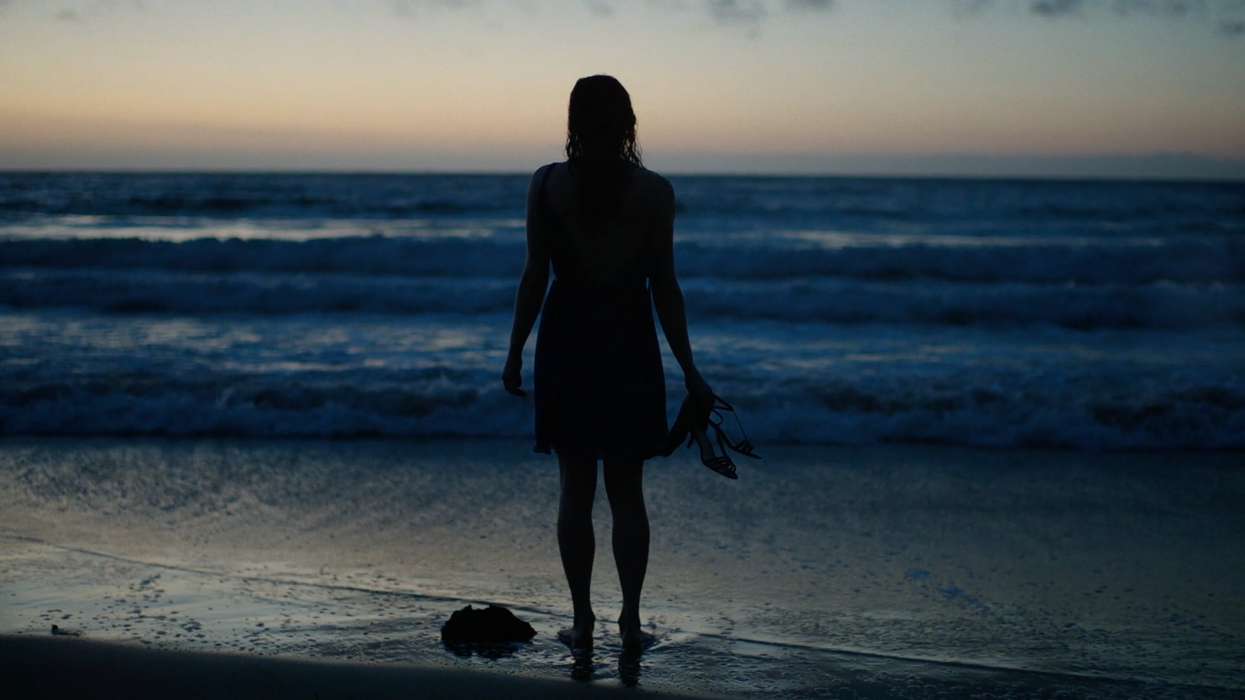8 Cinematic Techniques 'Big Little Lies' Uses to Mess with Your Head
"Big Little Lies" is basically a masterclass in the art of filmmaking. Here's why.

Created and written by David E. Kelley, Big Little Lies has become one of the most highly-acclaimed shows on television, taking home major awards at last year's Golden Globes and Primetime Emmys, including "Best Miniseries" and "Outstanding Limited Series" respectively. So, what's all the hubbub about?
The show centers on three women, played by Nicole Kidman, Reese Witherspoon, and Shailene Woodley, who get tangled up in a murder investigation, and as details of the incident in question begin to surface, the story only gets more complicated and intense. But it's not only the brilliant acting that makes this hellish whodunit such a powerful piece of cinema, it's the masterful approach to filmic storytelling.
In this video essay, Michal Zak deconstructs the many different techniques director Jean-Marc Vallée uses to make Big Little Lies such a unique experience, from the show's blocking to its use of a Greek Chorus to the theme of people watching.
According to Zak, Big Little Lies is a "disguised thriller," meaning certain tropes of the genre play a significant role, namely the rejection of senses of comfort and familiarity. All aspects of the filmmaking, from the cinematography to the editing, work to make the audience paranoid, tense, and unable to predict what's going to happen next. Here are the methods Zak mentions that help ensure that the audience is always chasing the narrative.
- Few (if any) establishing shots: The "establishing shots" used in the show aren't your typical "storefront" shots, but shots that leave out a significant amount of information, namely what we're looking at and who the scene is about.
- "Peeping": Perhaps the biggest theme in Big Little Lies is people watching, or observing, so naturally we view scenes from the perspective of one of the characters. This not only builds tension and suspicion surrounding the show's main story, the murder and victim, but it also gives the audience a chance to see each character in their most vulnerable moments, the moments when they don't think anyone's looking.
- Greek Chorus: This style of exposition is an interesting one on its own, but Big Little Lies adds another layer to it by making each character biased, which then makes their testimonies unreliable. You never know who or what to believe.
- Eyeline: The show doesn't waste any opportunities to take advantage of its "peeping" theme. In fact, it uses eyeline constantly to tell the audience what they're looking at where they are.
- Transitions: The transitions between scenes are also incredibly unique, in that they, as Zak puts it, "bleed" into one another. To do this, many transitions include J-cuts, or edits in which the audio of the next shot precedes the video, rhythmic cuts, and match cuts.
- Montages: Piggybacking off of the previous item, the show's montages also benefit from the transitional techniques previously mentioned. These montages are not only stylish and exciting to watch but they work to illustrate how each storyline is connected through the shared experiences of characters.
- "Thought Cut": How do you know what's going on in a character's head? In Big Little Lies, we see cuts to previous or imagined events sans audio suddenly flash on-screen. Zak calls this a "thought cut".
- Diegetic music: A murder mystery on its own might be interesting for a while, but without relatable, multi-dimensional characters you're really stretching the audience's interest thin. To combat this, Vallée agonizes over details to make us care about the characters and one way he does it is by using diegetic music to link our own emotions to those of the characters. When the show plays a sad song, we and the characters are hearing it and responding emotionally to it, connecting our emotions with those of the characters.
What are some other cinematic techniques Big Little Lies uses? Let us know down in the comments.
Source: Michal Zak











